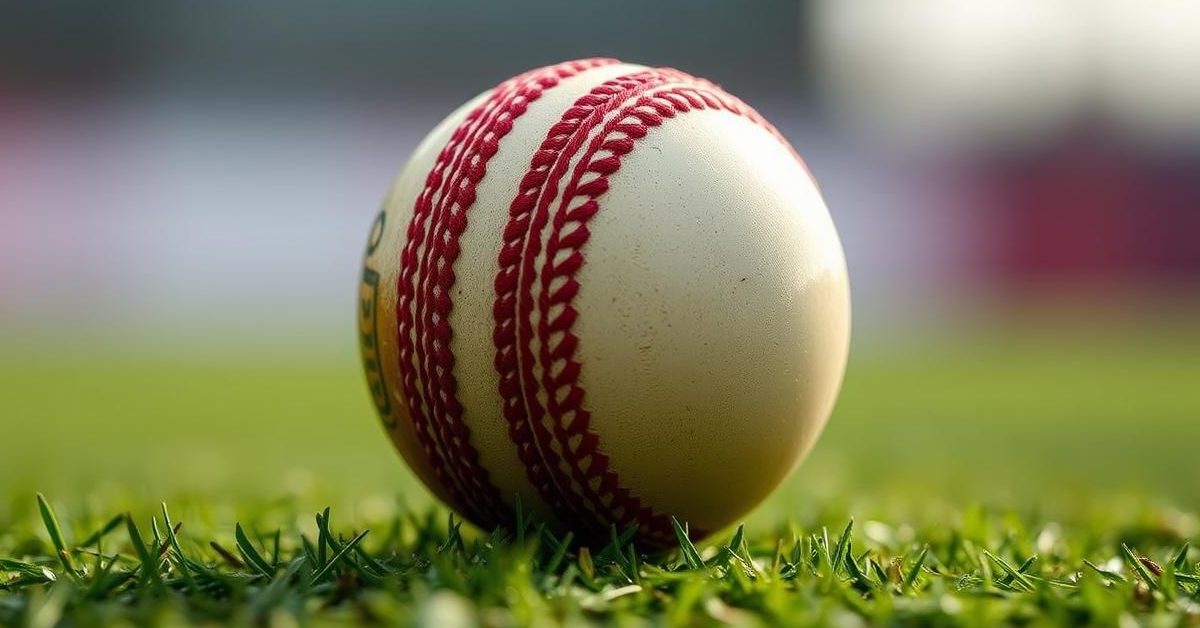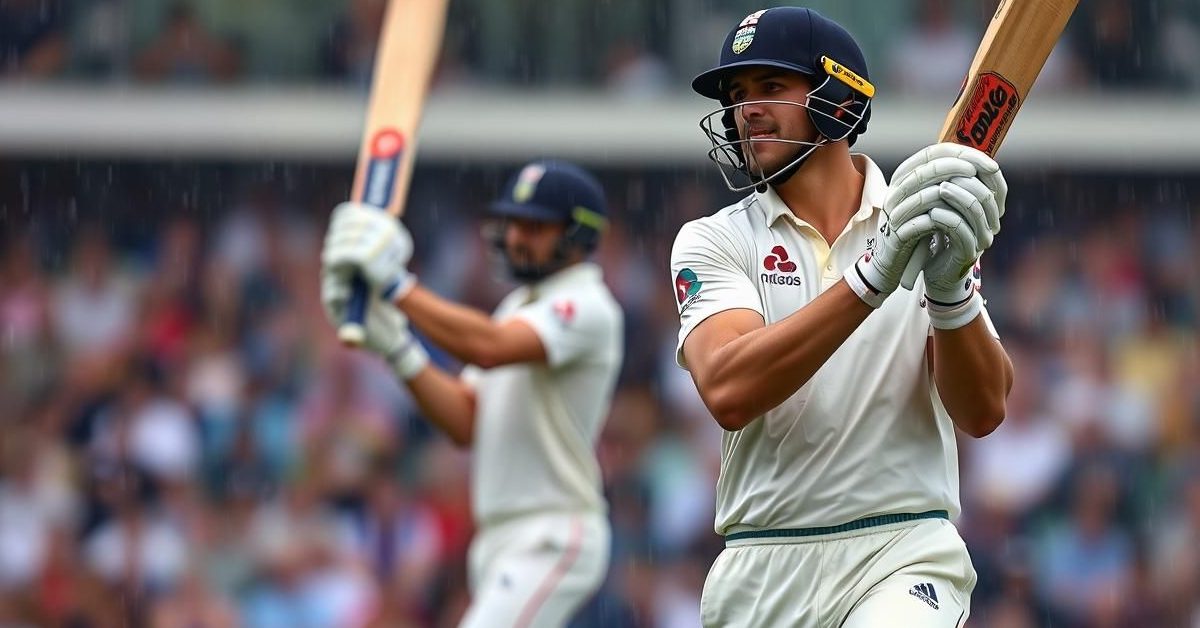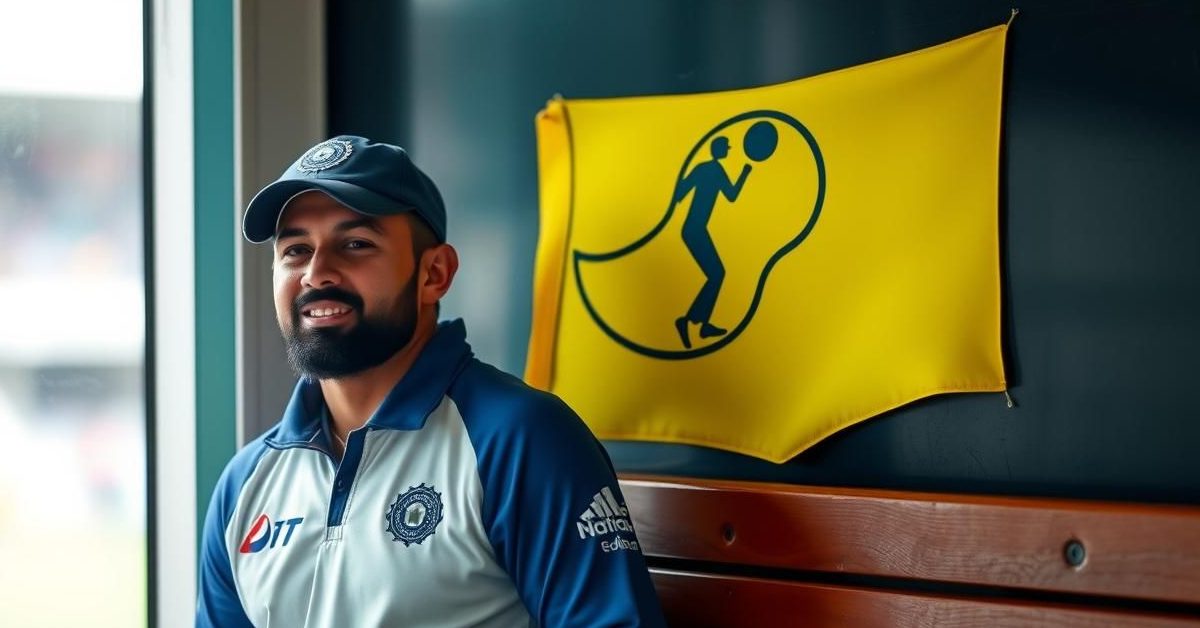The Dukes cricket ball, a staple in English Test matches, is currently under intense scrutiny after numerous instances of it losing shape prematurely during the ongoing series between England and India.
Frequent Ball Changes Spark Concerns
During the recent Test series, cricket fans and players alike have noticed an unusual number of ball changes. In the first three Tests, the Dukes ball often had to be replaced well before the standard 80-over mark.
The Lord’s Test, in particular, saw five ball changes during England’s first innings. One ball was even replaced after just 10.2 overs on the second day, highlighting the severity of the issue.
Players have voiced their frustration. India’s captain, Shubman Gill, reportedly argued with umpires over the constant disruptions. Former England bowler Stuart Broad also took to social media, stating, “The cricket ball should be like a fine wicketkeeper – barely noticed. We are having to talk about the ball too much because it is such an issue and is being changed virtually every innings. Unacceptable.”
Former England skipper Joe Root also expressed his displeasure, suggesting a system where teams get a limited number of challenges for ball changes to prevent slowing down the game.
Manufacturer Responds to Quality Concerns
In response to these issues, the England and Wales Cricket Board (ECB) plans to collect used Dukes balls and return them to British Cricket Balls Ltd, the manufacturer, for a thorough review. Dilip Jajodia, the owner of Dukes balls, confirmed to the BBC that a comprehensive inspection of their manufacturing process is underway.
“We will take it away, inspect and then start talking to the tanner, talking about all of the raw materials – everything. Everything we do will be reviewed and then if we think some changes need to be made or tightened up, we will,” Jajodia stated.
Understanding the Challenges of Ball Production
Manufacturing a cricket ball, especially one that performs consistently at the highest level, comes with unique challenges. Jajodia explained that the primary material, leather, is natural, and its fibers can have inherent weaknesses not detectable until the ball is in play.
He also noted the impact of external factors like the pandemic. COVID-19 significantly affected the supply chain and workforce in specialized industries like leather tanning. “There is literally almost one tanner left that does cricket ball leather so there’s not a choice. You have to work with the tannery to make sure that they produce what you want,” he added.
Patience Advocated During Review Process
Jajodia emphasized that finding solutions will require patience and careful investigation, not drastic immediate changes. He pointed out that unlike other products, a cricket ball cannot be fully tested before it’s used in a match, meaning any failure happens in the public eye.
“This is a product that’s been going since 1760. There is no snap answer, all you can do is to go through the routine of everything that you do and try and identify,” Jajodia concluded. The ECB’s initiative and Dukes’ commitment to review aim to ensure the ball’s quality meets the rigorous demands of international cricket.
- Dukes balls are being frequently changed due to losing shape during the England vs. India Test series.
- Players like Stuart Broad and Joe Root have criticized the ball’s inconsistency and its impact on the game.
- The ECB is returning used balls to the manufacturer for a full review of the production process.
- Dukes’ owner, Dilip Jajodia, attributes challenges to natural raw materials, tanning process, and post-pandemic supply chain issues.
- The manufacturer urges patience as they investigate the root cause, emphasizing the unique, hard-to-test nature of cricket balls.
As the series progresses, all eyes will be on whether these issues can be resolved to maintain the high standards expected in Test cricket.
The Dukes cricket ball, a staple in English Test matches, is currently under intense scrutiny after numerous instances of it losing shape prematurely during the ongoing series between England and India.
Frequent Ball Changes Spark Concerns
During the recent Test series, cricket fans and players alike have noticed an unusual number of ball changes. In the first three Tests, the Dukes ball often had to be replaced well before the standard 80-over mark.
The Lord’s Test, in particular, saw five ball changes during England’s first innings. One ball was even replaced after just 10.2 overs on the second day, highlighting the severity of the issue.
Players have voiced their frustration. India’s captain, Shubman Gill, reportedly argued with umpires over the constant disruptions. Former England bowler Stuart Broad also took to social media, stating, “The cricket ball should be like a fine wicketkeeper – barely noticed. We are having to talk about the ball too much because it is such an issue and is being changed virtually every innings. Unacceptable.”
Former England skipper Joe Root also expressed his displeasure, suggesting a system where teams get a limited number of challenges for ball changes to prevent slowing down the game.
Manufacturer Responds to Quality Concerns
In response to these issues, the England and Wales Cricket Board (ECB) plans to collect used Dukes balls and return them to British Cricket Balls Ltd, the manufacturer, for a thorough review. Dilip Jajodia, the owner of Dukes balls, confirmed to the BBC that a comprehensive inspection of their manufacturing process is underway.
“We will take it away, inspect and then start talking to the tanner, talking about all of the raw materials – everything. Everything we do will be reviewed and then if we think some changes need to be made or tightened up, we will,” Jajodia stated.
Understanding the Challenges of Ball Production
Manufacturing a cricket ball, especially one that performs consistently at the highest level, comes with unique challenges. Jajodia explained that the primary material, leather, is natural, and its fibers can have inherent weaknesses not detectable until the ball is in play.
He also noted the impact of external factors like the pandemic. COVID-19 significantly affected the supply chain and workforce in specialized industries like leather tanning. “There is literally almost one tanner left that does cricket ball leather so there’s not a choice. You have to work with the tannery to make sure that they produce what you want,” he added.
Patience Advocated During Review Process
Jajodia emphasized that finding solutions will require patience and careful investigation, not drastic immediate changes. He pointed out that unlike other products, a cricket ball cannot be fully tested before it’s used in a match, meaning any failure happens in the public eye.
“This is a product that’s been going since 1760. There is no snap answer, all you can do is to go through the routine of everything that you do and try and identify,” Jajodia concluded. The ECB’s initiative and Dukes’ commitment to review aim to ensure the ball’s quality meets the rigorous demands of international cricket.
- Dukes balls are being frequently changed due to losing shape during the England vs. India Test series.
- Players like Stuart Broad and Joe Root have criticized the ball’s inconsistency and its impact on the game.
- The ECB is returning used balls to the manufacturer for a full review of the production process.
- Dukes’ owner, Dilip Jajodia, attributes challenges to natural raw materials, tanning process, and post-pandemic supply chain issues.
- The manufacturer urges patience as they investigate the root cause, emphasizing the unique, hard-to-test nature of cricket balls.
As the series progresses, all eyes will be on whether these issues can be resolved to maintain the high standards expected in Test cricket.













